
MOSCOW, May 29.Silk, resistant to moisture and solar radiation, will be created using technology developed by NCFU specialists. According to them, the introduction of various nanoparticles into the fiber will not only improve the quality of textile products, but also improve materials for the textile industry, the university press service said.
Silk is obtained from the cocoons of insects — silkworms. The fiber of these cocoons is mainly a combination of two proteins — sericin and fibroin, which in turn are a framework for other molecules and determine the elasticity of the resulting threads, explained specialists from the North Caucasus Federal University (NCFU).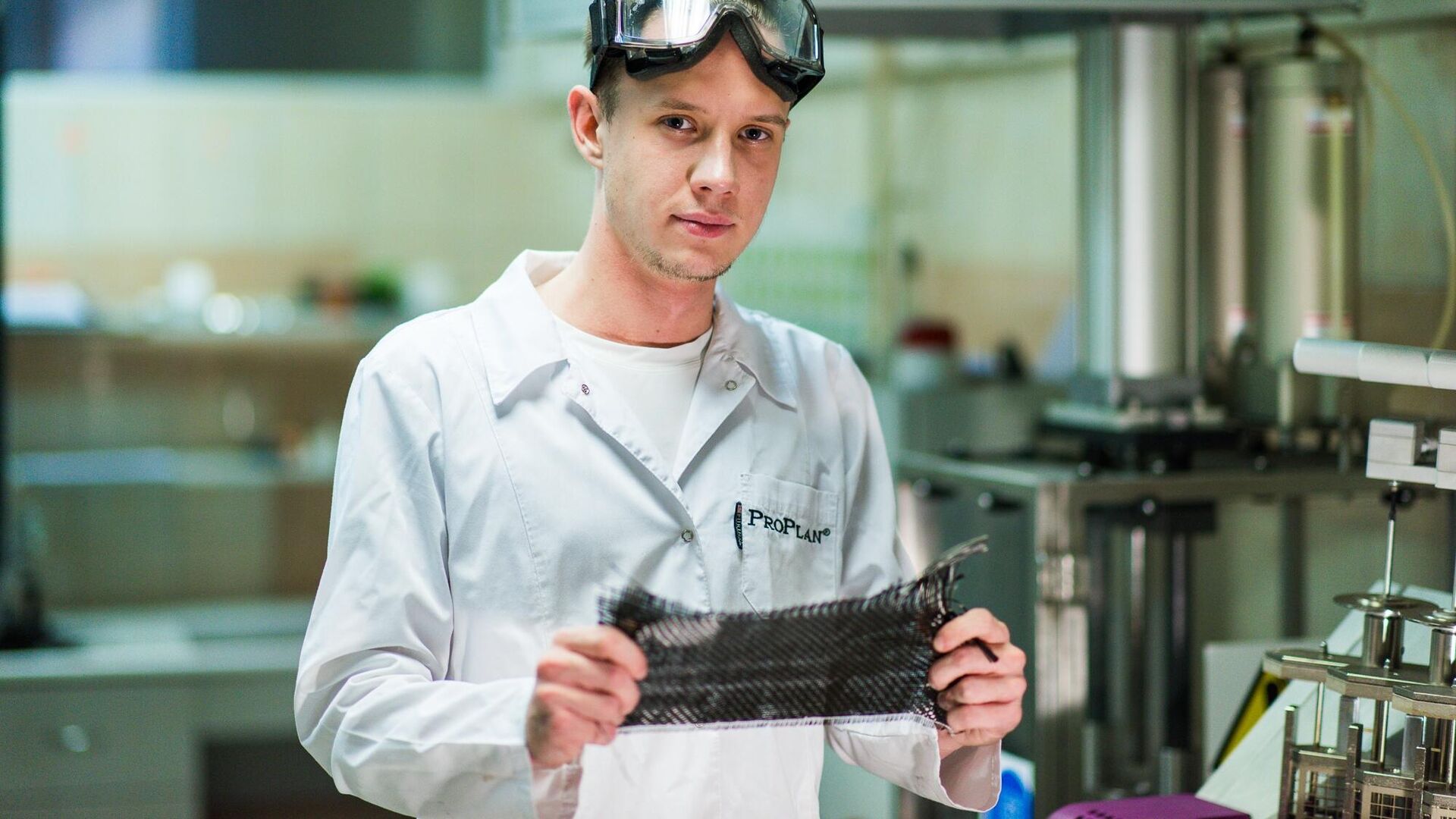
Silk threads and products made from them have a number of imperfections: for example, they are very susceptible to ultraviolet radiation. Thus, with direct exposure to sunlight for 200 hours, the strength of the material is halved, experts noted.
To counteract the natural shortcomings of silk and give it new properties, a team of SKFU scientists developed a method for modifying threads with nanoparticles of metals and their oxides. They proposed using silver nanoparticles, copper, iron, cobalt, titanium and silicon oxides as additives to fibroin.
«We develop nanoparticles with specified properties, for example, antibacterial, superhydrophobic or with the ability to absorb UV radiation. Then we introduce the selected nanoparticles into a silk thread and obtain a multifunctional silk material with specified properties,» explained the project manager, head of the Department of Physics and Technology of Nanostructures at SKFU Andrey Blinov.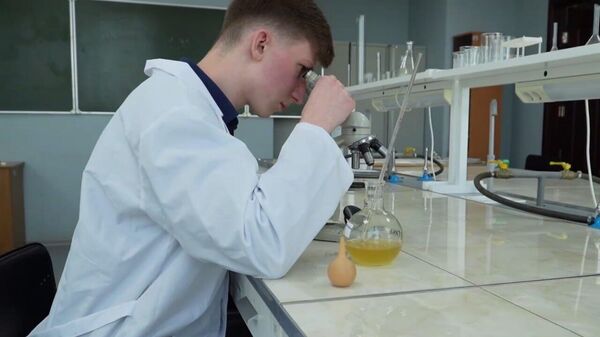
1 of 3
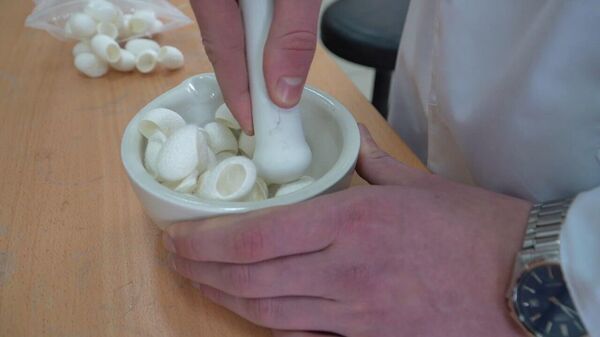
2 of 3
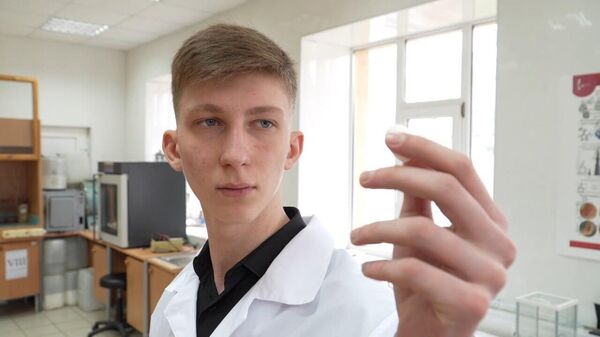
3 of 3
1 of 3
2 of 3
3 of 3
For example, he added, introducing titanium dioxide into silk will not only make the fabric water-repellent, but will also make it resistant to UV radiation, which will allow textiles to maintain their strength and marketable appearance, since the nanoparticles will absorb the ultraviolet spectrum of solar radiation and will also prevent moisture from being absorbed into the material.
«Nanoparticles cannot exist in their pure form. They need stabilizers that will prevent them from sticking together. Otherwise, the nanoparticles will stick together and lose their «nanosize», and along with this, many of their properties. Therefore, when synthesizing nanoparticles, we use various polymers that form a protective layer and also open up even more possibilities for using a particular nanomaterial,» explained Mark Vakulenko, a laboratory assistant at the Department of Physics and Technology of Nanostructures and Materials at SKFU.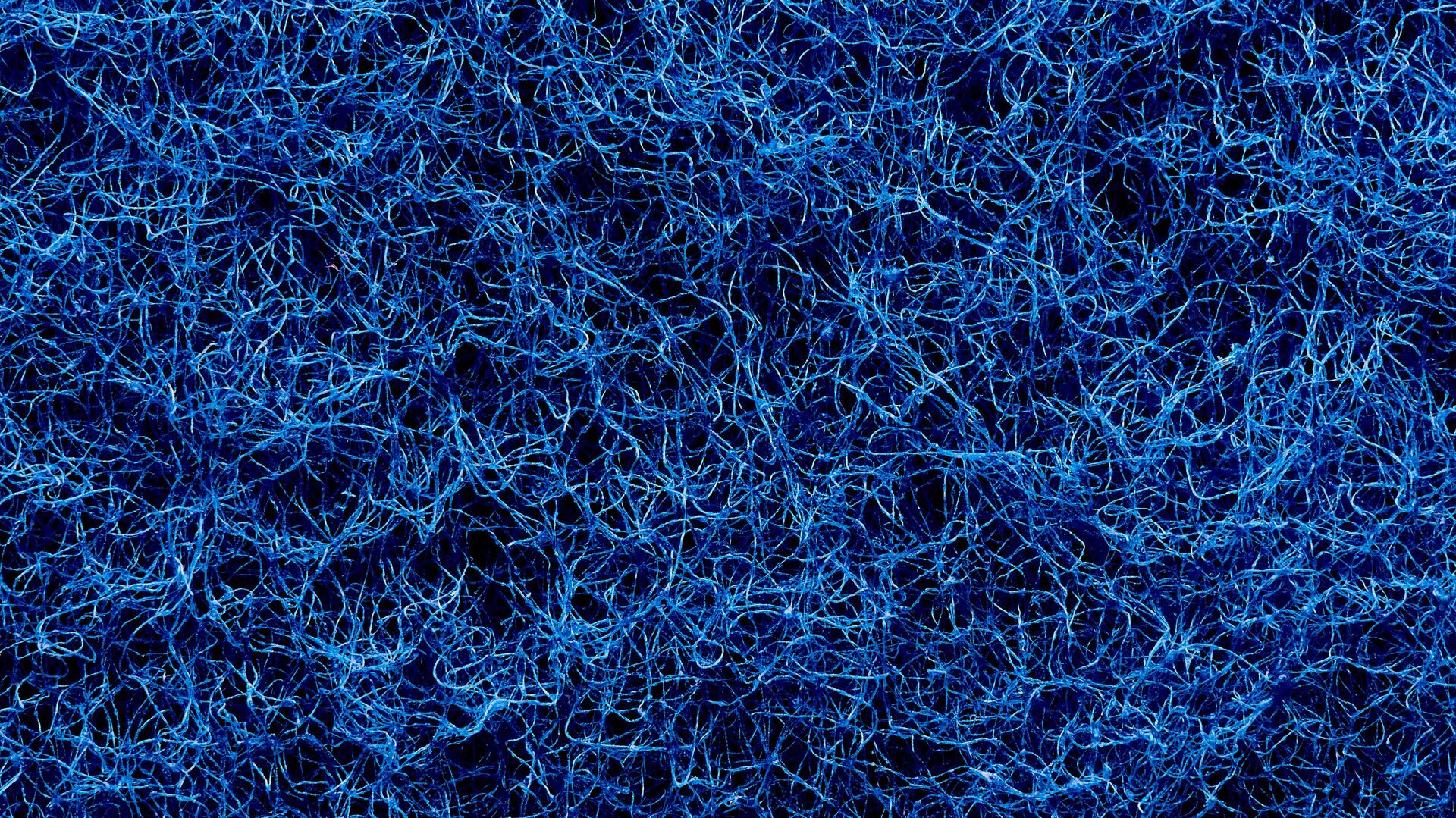
The university believes that in the same way it is possible to improve the properties of surgical threads that are produced on a protein basis. Such materials are used in surgery, transplantology and tissue engineering.
Scientists propose two ways to modify fibers with nanoparticles: feeding them to silkworms, or adding additives at the time of processing the threads or the finished product.
The second method is the most preferable, it involves the use of suspensions of nanoparticles, into which both a separate thread and a finished product can be placed, and the necessary particles will settle on them. In addition, it is easier to standardize and use in production to obtain a high-quality product, Vakulenko clarified.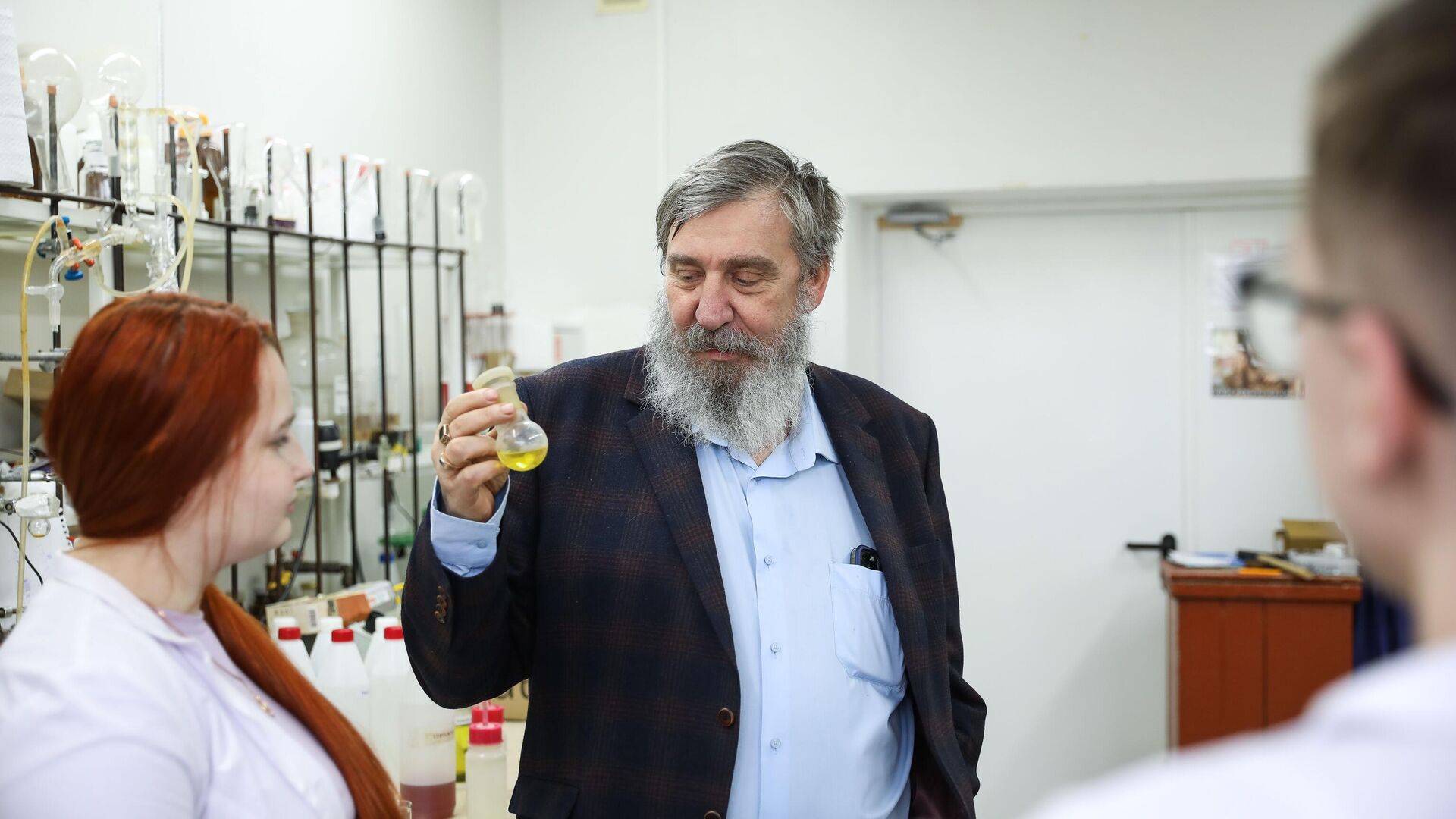

























































Свежие комментарии